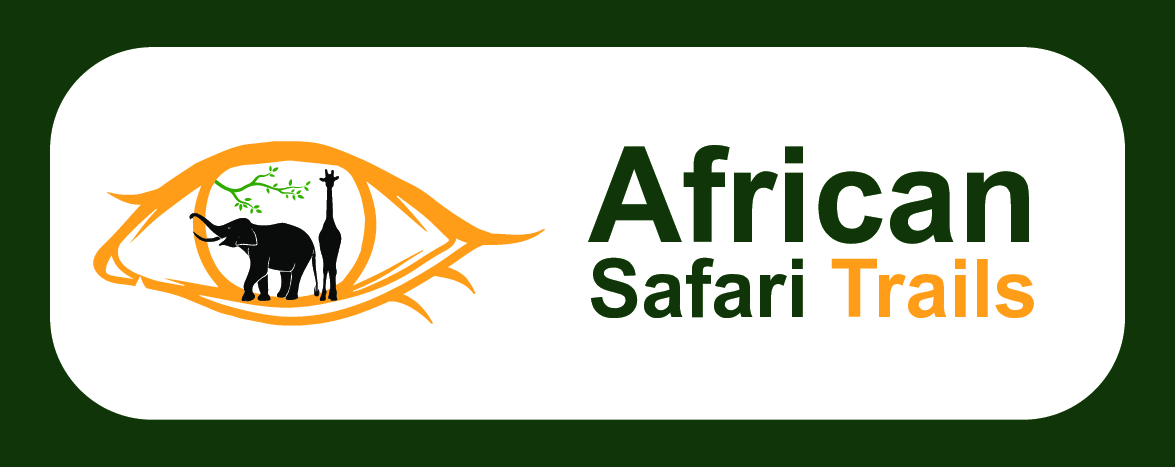Uganda is one of the last strongholds for mountain gorillas, and today it’s a global leader in gorilla conservation. But this success story didn’t happen overnight. It’s the result of decades of struggle, scientific research, community collaboration, and strong political will. Understanding the history of gorilla conservation in Uganda gives you a deeper appreciation of every trek into their forest home.
Early Years: Gorillas at Risk
In the early to mid-20th century, mountain gorillas in Uganda were critically endangered. Their habitat—mainly the Bwindi Impenetrable Forest and parts of the Virunga Mountains—was shrinking due to logging, agriculture, and human settlement. Hunting and poaching were also rampant, driven by ignorance, bushmeat demand, and the illegal wildlife trade.
Back then, gorillas were feared or seen as pests rather than protected wildlife. Scientific knowledge about them was limited, and no formal conservation policies were in place.
The 1950s–70s: First Steps in Protection
In 1961, Bwindi was gazetted as a forest reserve, which was a major milestone in preserving gorilla habitat, though enforcement was weak. Meanwhile, researchers like Dr. Dian Fossey were bringing international attention to the plight of gorillas in the broader Virunga region, which overlaps with Uganda’s southern border.
By the 1970s, pressure from conservationists and growing global awareness led to stricter wildlife laws in Uganda, although civil unrest during this time often undermined conservation efforts.
The 1980s: Research and Awareness
This decade marked a turning point. Conservationists began conducting more structured studies of gorillas, including efforts to habituate certain groups for tourism and research. The Uganda Wildlife Authority (UWA) started collaborating with international scientists to monitor gorilla health and behavior.
At the same time, local communities began to be included in discussions about conservation—especially as the realization grew that the forest was not just a home for gorillas, but a resource for people as well.
1991: Creation of Bwindi Impenetrable National Park
One of the most important conservation milestones came in 1991, when Bwindi was officially declared a national park. This gave it full legal protection and international recognition. The same year, Mgahinga Gorilla National Park was also established to protect Uganda’s portion of the Virunga range.
These parks became focal points for anti-poaching patrols, tourism development, and scientific research.
The Rise of Gorilla Tourism
In the mid-1990s, Uganda introduced gorilla trekking tourism—a bold strategy that turned the mountain gorilla from a poaching target into a valuable conservation asset. Tourists would pay for the chance to see gorillas in the wild, and part of this revenue would go directly into conservation efforts and community development.
This approach not only brought global attention to Uganda’s gorillas, but also gave local people a financial incentive to protect the forests rather than exploit them.
2000s to Today: A Conservation Success Story
Uganda’s mountain gorilla population has slowly but steadily increased thanks to continuous efforts in:
- Anti-poaching and patrol units
- Veterinary care through organizations like Gorilla Doctors
- Community conservation programs
- Sustainable tourism practices
- Transboundary cooperation with Rwanda and the DRC
In 2018, mountain gorillas were reclassified from “Critically Endangered” to “Endangered”—a positive sign, though challenges remain.
Key to Success: Community Involvement
One of Uganda’s greatest conservation strengths is its community-led model. Local people are employed as rangers, guides, porters, and staff in eco-lodges. Revenue-sharing schemes ensure that a portion of gorilla permit fees goes directly to local villages for schools, clinics, and infrastructure.
Community education and awareness campaigns have also reduced poaching and increased pride in protecting gorillas as part of Uganda’s national heritage.
Looking Ahead
Mountain gorilla conservation in Uganda continues to evolve. New challenges such as population pressure, habitat encroachment, disease transmission (especially after the COVID-19 pandemic), and climate change are being addressed through adaptive strategies.
There’s also a growing focus on balancing tourism with sustainability—ensuring that visitors continue to contribute positively without disturbing the delicate ecosystem.
From near-extinction to a model of modern conservation, Uganda’s history with mountain gorillas is a powerful reminder that with determination, collaboration, and care, even the most vulnerable species can be protected. Every trek into the misty forests of Bwindi is not just a wildlife encounter—it’s a step into the heart of a long, ongoing conservation legacy.
